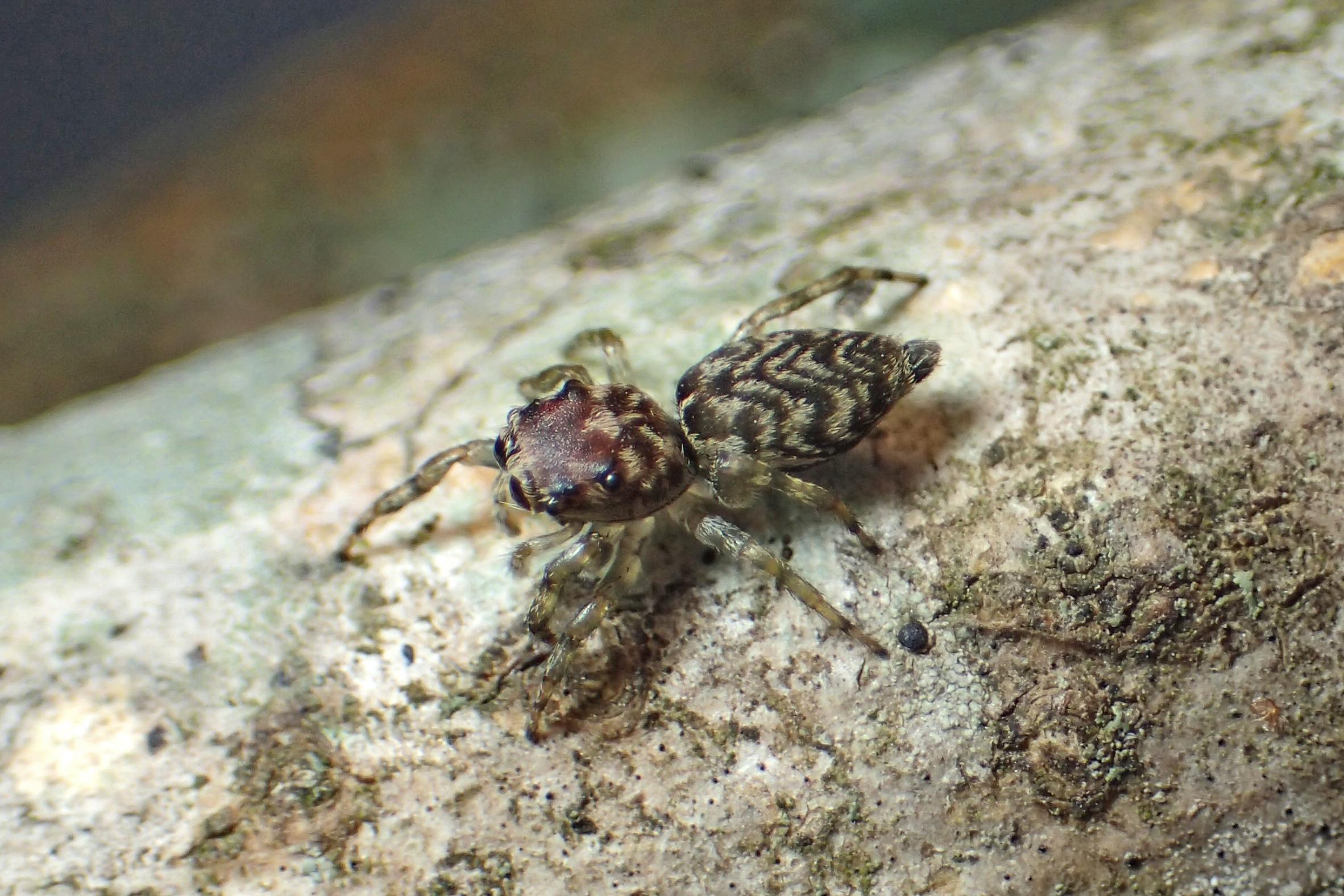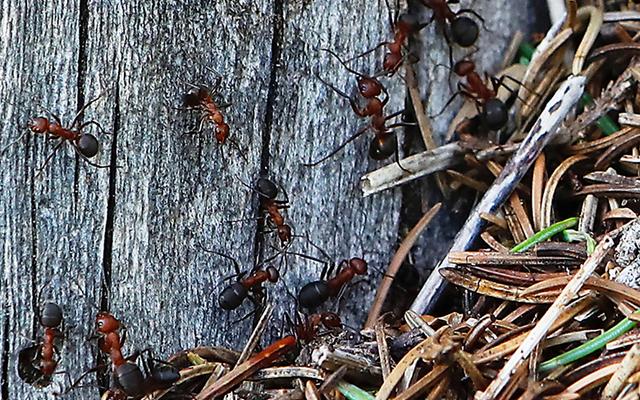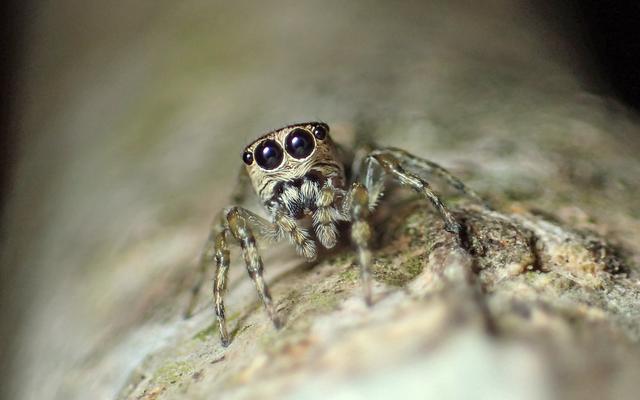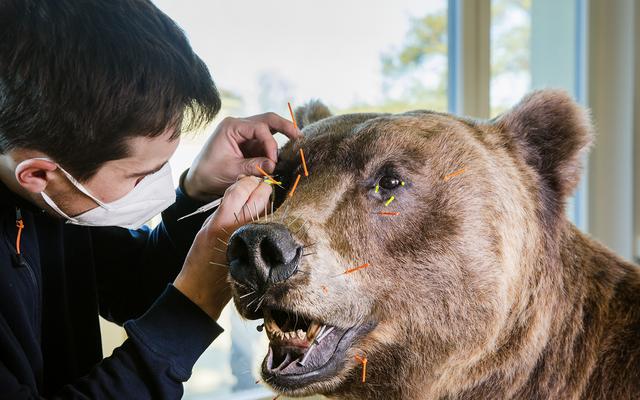Our planet is inhabited by at least 50,000 species of spiders, as announced today by the international team of publishers behind the World Spider Catalog (WSC), which is based at the Natural History Museum of Bern (Switzerland). The 50,000th species was described by the arachnologist Kimberly S. Marta and her colleagues from Brazil. It belongs to the family of jumping spiders (Salticidae) and hunts its prey on shrubs and trees in Southern Brazil, Uruguay, and around Buenos Aires. The species name honours the now extinct ethnic group of the Minuane people who lived in the same area. The indigenous name is a reference to a cold southwester of polar origin, typical for the region.

‘We estimate that there are still approximately 50,000 more spider species out there to discover,’ say the publishers of the World Spider Catalog. In other words, we’re halfway there. Given that the first spider was scientifically described in 1757, it has taken the experts 265 years for 50,000 species. However, the speed at which new species are described has been steadily increasing, and it is thought that it will take the international community less than 100 years to discover the second half of the world’s spider species.
The entire scientific literature relating to the taxonomy (the science that deals with describing, naming and classifying organisms) of spiders is listed by the World Spider Catalog and has been made freely available at www.wsc.nmbe.ch since 2014. This easily accessible service for training and research is only possible in Switzerland, thanks to the country’s liberal copyright rules.
Spiders are the most important predators in Earth’s terrestrial habitats, and their ecological significance should not be underestimated: consuming some 400–800 million tonnes of insects every year, they are the most important regulators of insect populations. Accordingly, they are also of fundamental importance to humans.
For further information, please contact: Professor Christian Kropf, Natural History Museum of Bern, Bernastrasse 15, 3005 Bern, Tel. +41 (0)31 350 72 60, christian.kropf@nmbe.ch




